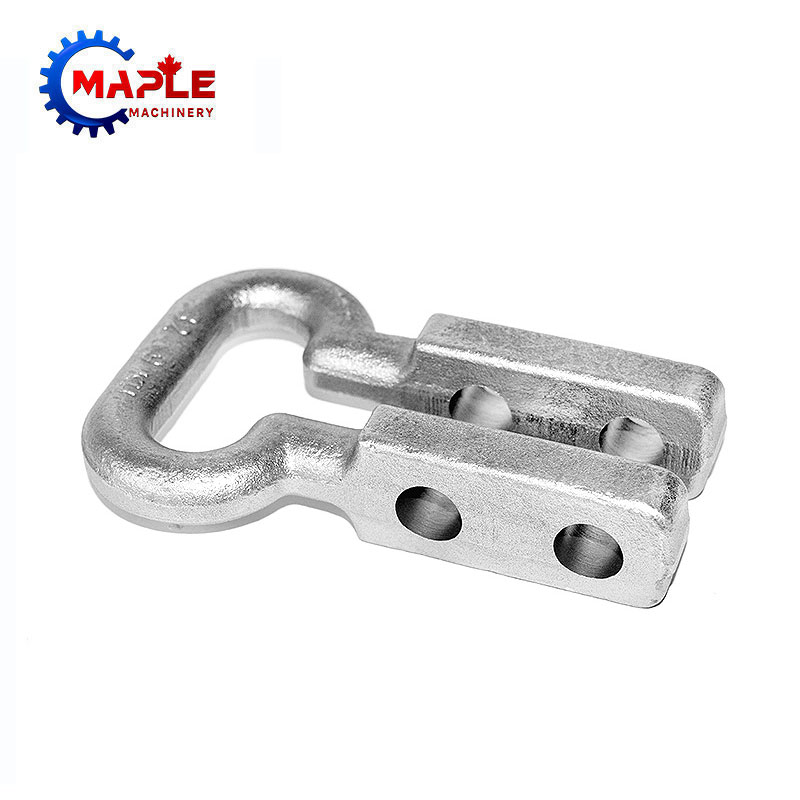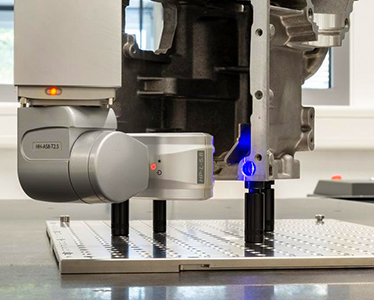Selection of raw materials for forging
2023-06-30
The recrystallization temperature of steel is about 460℃, but 800℃ is generally used as the division line, higher than 800℃ is hot forging; Between 300 and 800℃ is called warm forging or semi-hot forging, forging can be divided into cold forging and hot forging according to the temperature of the blank at the time of processing.
Cold forging is generally processed at room temperature, while hot forging is processed at a higher recrystallization temperature than the blank metal. Sometimes also in a heated state, but the temperature does not exceed the recrystallization temperature forging is called warm forging. However, this division is not completely uniform in production.
Forging according to the forming method can be divided into free forging, die forging, cold heading, radial forging, extrusion, forming rolling, roll forging, rolling and so on. The deformation of the blank under pressure is basically free forging, also known as open forging; The billet deformation of other forging methods is limited by the mold, which is called closed mode forging. There is a relative rotation movement between the forming tools of forming rolling, roll forging, rolling, etc., and the blank is pressed and formed point by point and asymptotically, so it is also called rotary forging.
Maple machinery in forging processing forgings in general, small and medium forgings are using round or square bar material as the blank. The grain structure and mechanical properties of the bar are uniform and good, the shape and size are accurate, the surface quality is good, and it is easy to organize mass production. As long as the heating temperature and deformation conditions are reasonably controlled, no large forging deformation is required to forge good forgings.
Ingot is only used for large forgings. The ingot is a cast structure with a large columnar crystal and loose center. Therefore, the columnar crystal must be broken into fine grains through large plastic deformation and loose compaction in order to obtain excellent metal structure and mechanical properties.
Pressed and fired powder metallurgy preforms can be made into powder unwrought parts by die forging without flash under hot conditions. The forging powder is not close to the density of general die forging parts, has good mechanical properties, and high precision, which can reduce the subsequent cutting processing. Powder forgings have uniform internal organization and no segregation, and can be used to manufacture small gears and other workpieces. However, the price of powder is much higher than that of general bars, and its application in production is subject to certain restrictions.
By applying static pressure to the liquid metal poured in the die, it can solidify, crystallize, flow, plastic deformation and form under the action of pressure, and the desired shape and performance of the die forging can be obtained. Liquid metal die forging is a forming method between die casting and die forging, which is especially suitable for complex thin-walled parts that are difficult to form in general die forging.
Of course, different forging methods have different processes, in which the hot die forging process is the longest, the general order is: forging blank blanking, forging blank heating, roll forging preparation, die forging forming, cutting; Intermediate inspection, inspection of forging size and surface defects; Heat treatment of forgings to eliminate forging stress and improve metal cutting performance; Cleaning. Mainly to remove the surface oxide: correction: inspection, general forgings to go through the appearance and hardness inspection, important forgings also through chemical composition analysis, mechanical properties residual stress and other tests and non-destructive testing.
























































